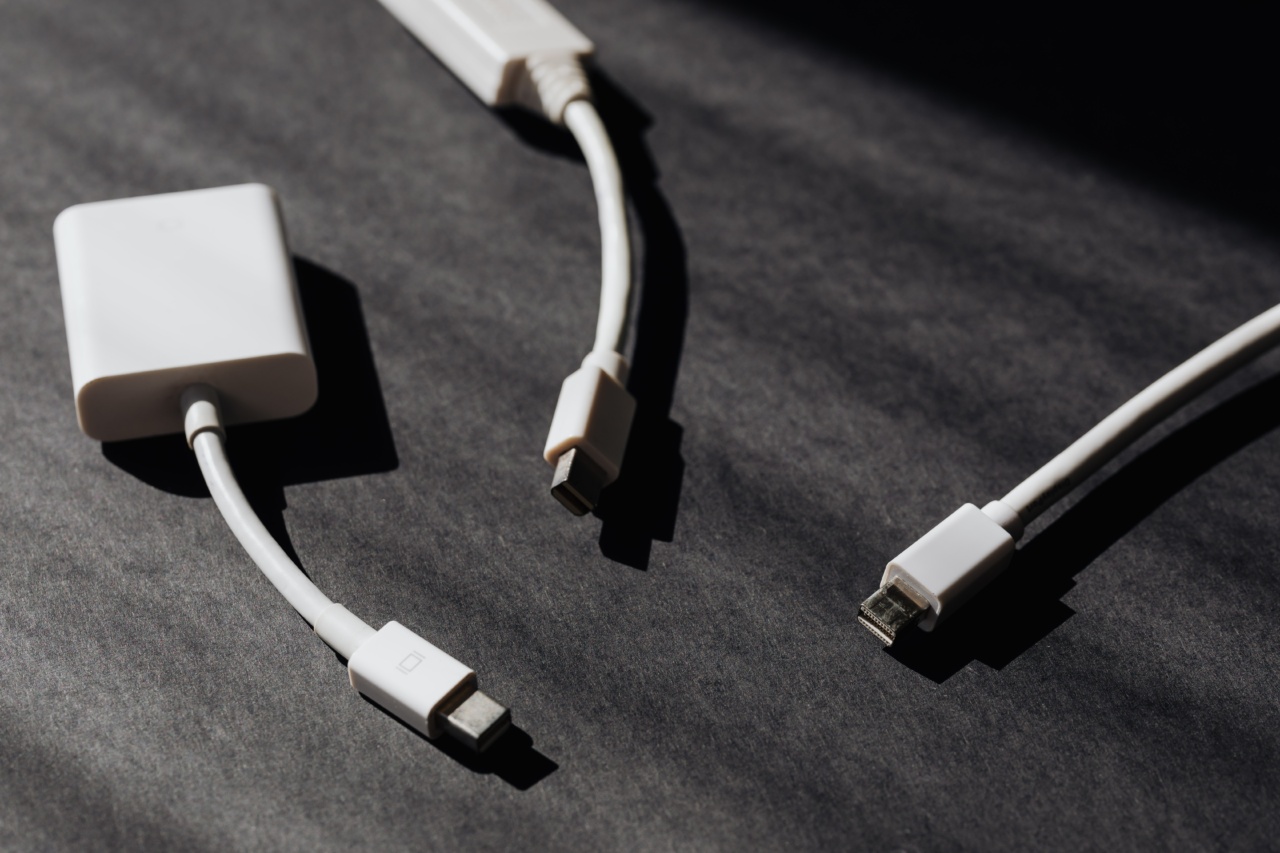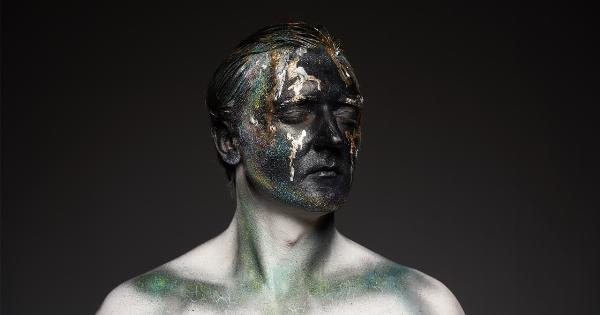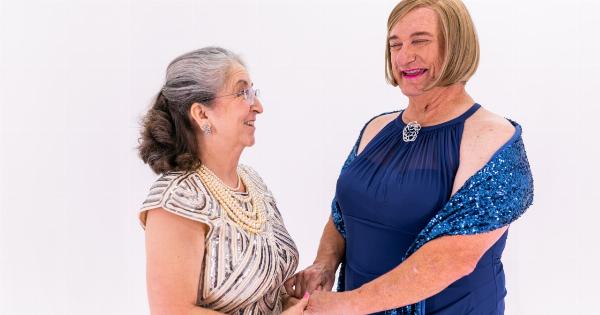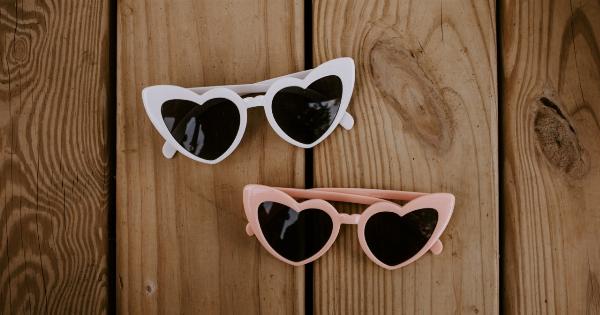In recent times, taking selfies has become one of the ways to measure beauty standards and to showcase physical appearance. However, at the same time, the popularity of this trend has also been linked to an increased interest in plastic surgery.
This piece aims to explore the direct relationship between selfies and plastic surgery and the implications of this relationship on the society at large.
What Are Selfies?
A selfie is a self-portrait photograph typically taken with a smartphone.
The phenomenon became increasingly popular over the last decade and has become a significant aspect of social networking sites, with platforms such as Instagram, Facebook, and Snapchat incorporating selfie filters and effects.
The popularity of selfies has intensified, especially among young individuals who are eager to showcase their physical appearance and lifestyle on social media platforms.
This need to present oneself positively and in the most attractive manner has created an ongoing debate on whether selfies have positive or negative effects on society.
The Relationship Between Selfies and Plastic Surgery
The use of selfies as an indicator of beauty standards has resulted in many people becoming self-conscious about their appearance.
As a result, it has contributed to an increased interest in plastic surgery to enhance their physical features and ultimately achieving a more attractive appearance. Several studies have shown that there is a link between selfies and plastic surgery, with the selfie trend playing a significant role in the increasing demand for cosmetic procedures.
Since the rise of social media platforms, a growing number of young individuals have turned to plastic surgery to achieve the ideal appearance showcased on their profile.
Often, they have undergone cosmetic procedures that they believe will make them appear more attractive. The retouched images and the perfect-looking selfies posted by many individuals on social media platforms are creating a standard for beauty that is difficult to attain naturally.
As a result, self-portraits, coupled with the increasing use of social media and society’s judgemental gaze, have resulted in a need for individuals to improve or enhance their physical features through plastic surgery.
This trend has contributed to an increased demand for cosmetic procedures such as nose jobs, lip fillers, and skin tightening procedures.
The Growth of Plastic Surgery Usage Among Younger Generations
While plastic surgery was previously relegated to older individuals, it has now become prevalent among younger generations seeking to enhance their facial and body features.
According to the American Society of Plastic Surgeons, there was an increase of over 200% in the number of cosmetic procedures performed on millennials from 2000 to 2018.
Additionally, a large number of these procedures are being done for face and neck-related issues, with Botox and fillers being among the most commonly used procedures.
This increase in the demand for cosmetic procedures by younger generations has resulted in plastic surgery becoming a more openly discussed topic within society, making plastic surgery a commonplace solution to physical “flaws.”.
The Implications of the Selfie-Plastic Surgery Connection
The trend of selfies and plastic surgery shows how the shift towards digital mediums has influenced people’s perceptions of beauty standards and physical appearance.
The use of selfies as a measure of beauty standards has created an unrealistic, unattainable, standard that only a few people can achieve naturally. This trend has contributed to an increase in the number of individuals who undergo plastic surgery to achieve a “perfect” appearance.
This rise in the use of plastic surgery in recent years has raised concerns about the psychological and physical damage that the obsession with physical appearance can cause.
An unhealthy attachment to the way we look can lead to numerous problems, such as poor self-esteem, depression, anxiety, and even addiction.
Furthermore, the selfie-plastic surgery connection highlights the need for a broader conversation surrounding mental health, self-esteem, and body image.
It’s important to realize that physical appearance does not equate to self-worth, and that our greatest value lies within our personal strengths and relationships.
The Future of Selfies and Plastic Surgery
The selfie trend is here to stay, as evidenced by the millions of pictures taken and posted daily on social media platforms. As long as there is an increasing interest in selfies, there will likely be an increase in the demand for plastic surgery.
However, it’s important to understand that seeking out plastic surgery should be a personal choice made by an individual who has taken the time to consider both the short and long-term consequences of undergoing a cosmetic procedure.
Plastic surgery should not be taken lightly, and one should take precautions to ensure that it is a safe and healthy decision.
Conclusion
Ultimately, the increasing popularity of selfies has put individuals under pressure to achieve the beauty standards showcased on social media platforms.
This need for perfection has contributed to an increase in the use of plastic surgery and an obsession with physical appearance. While selfies can be fun and improve self-confidence, they also pose a risk to individuals’ mental and physical health.





























